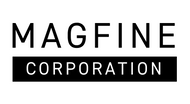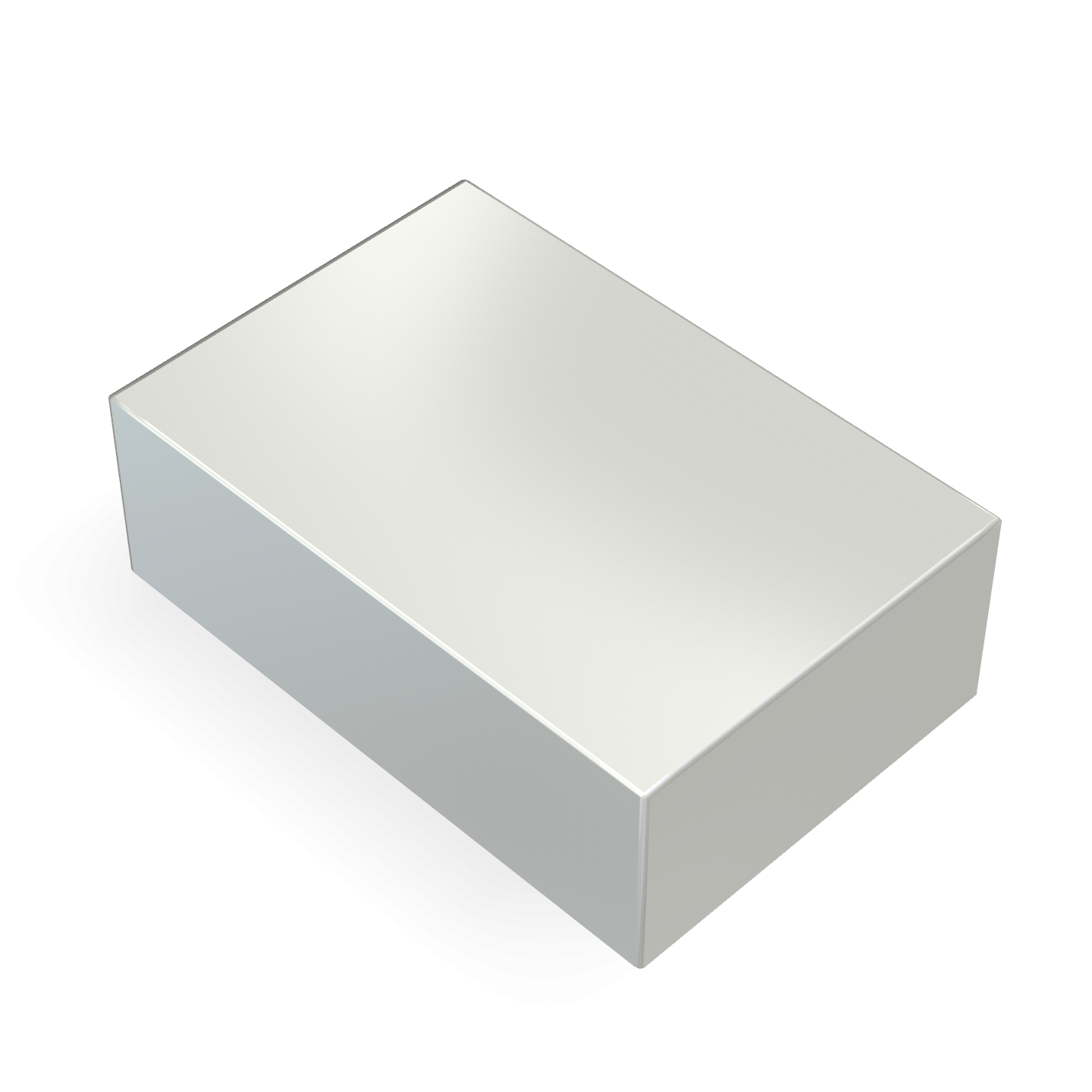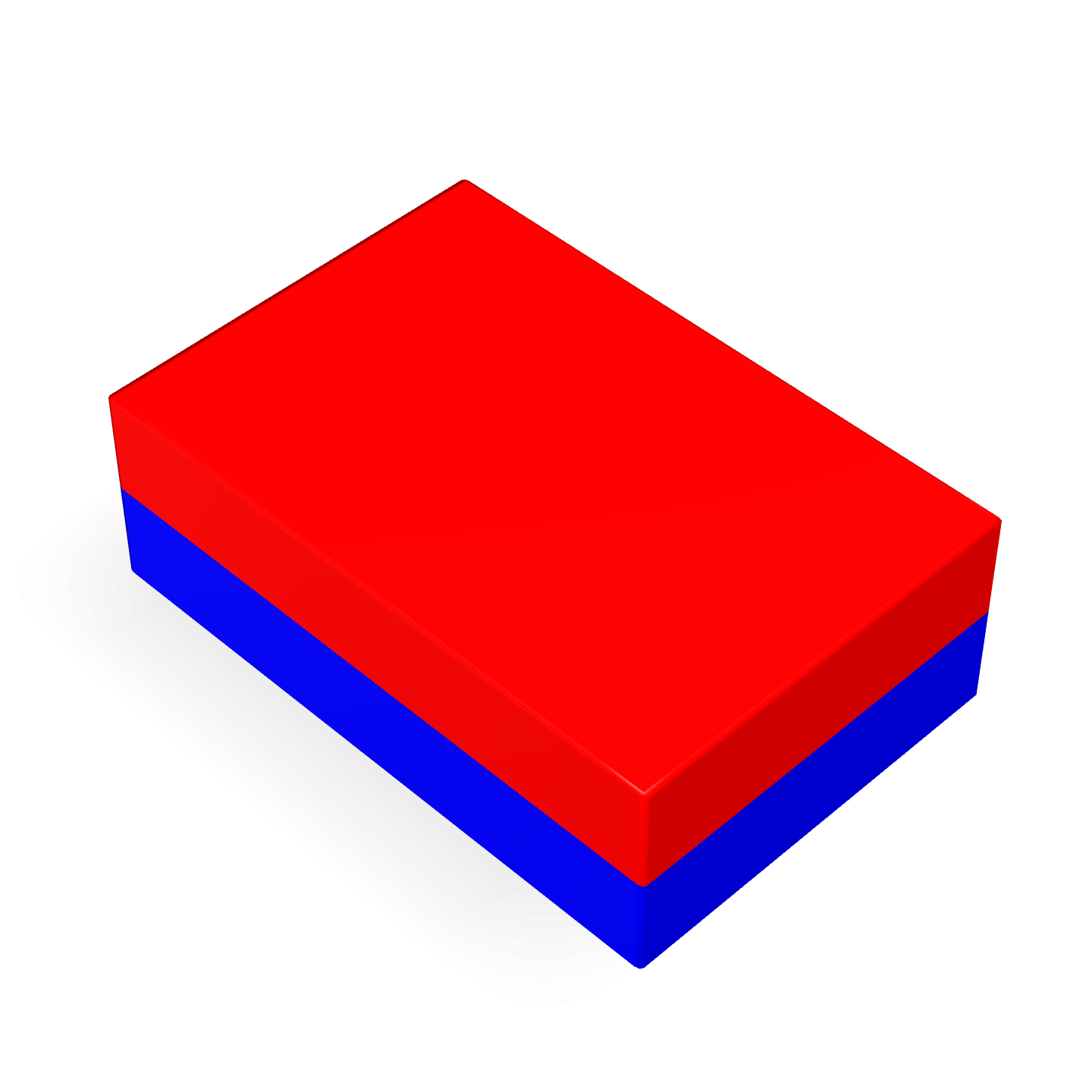Beyond Play: How Magnetic Building Systems Are Reshaping STEM Education
Part 3 of our series: Inside the Magnetic Toy Revolution
What begins as a simple set of colorful blocks can often spark a lifelong curiosity about how things work. In this final part of our series, we take a closer look at how magnetic building systems are transforming classrooms and inspiring the next generation of engineers and inventors through hands-on STEM learning.
The Bridge Between Curiosity and Learning
Teachers have always known that hands-on experiences help students grasp complex ideas. With neodymium magnets powering modern building kits, lessons that once lived on whiteboards now come to life through movement, structure, and design. Each magnetic connection helps students see how geometry, balance, and magnetic fields work together, turning theory into something they can touch and experiment with.
Across Canada, these educational magnetic systems are being used to teach key concepts such as:
- Geometry and architecture: Exploring symmetry, shape strength, and balance.
- Physics and magnetism: Demonstrating how magnetic fields interact and align.
- Engineering design: Encouraging iteration, creativity, and real-world problem-solving.
- Collaboration: Promoting teamwork through shared projects and challenges.
From Toys to Classroom Tools
In recent years, many educators have started integrating magnetic systems into labs and makerspaces. Rather than simply memorizing concepts, students now build bridges, towers, and mechanical structures that reinforce what they learn in science and math. With the power of neodymium magnets, lightweight components can snap together firmly, allowing for repeated assembly and experimentation.
Engineering Magnets for Safe Learning
When it comes to educational environments, safety and performance must go hand in hand. While industrial magnets deliver exceptional strength, educational-grade versions are precisely tuned to be strong enough for engagement but safe for everyday classroom use. Most of these systems rely on N35 to N42 grade neodymium magnets, enclosed within impact-resistant housings that prevent exposure and extend product life.
Magfine Canada works closely with manufacturers to balance strength, coating, and polarity alignment. This ensures every magnet performs consistently and maintains its pull force even after extended use. Each magnet undergoes strict quality checks and protective coating treatments to resist moisture and corrosion—making them reliable in a variety of classroom conditions.
Why Magnets Transform STEM Education
Magnetic construction systems are more than just interactive toys. They’re a bridge between abstract scientific theory and real-world experimentation. Studies show that tactile activities improve long-term retention and spark creative problem-solving. By building with magnets, students are also learning essential skills like logical reasoning, pattern recognition, and spatial thinking.
- Hands-on engagement: Learning through action helps deepen understanding.
- Safe experimentation: Students can explore and rebuild without fear of breaking materials.
- Scalable complexity: The same magnetic principles can be applied from basic models to complex mechanical designs.
The same neodymium magnet technology used in robotics, renewable energy, and advanced manufacturing is now being used to engage students in foundational science education. This crossover between industry and education highlights just how versatile and essential magnets have become in today’s world.
How Magfine Supports Educational Innovation
At Magfine Canada, we help product designers and educational manufacturers create custom neodymium magnets tailored for learning tools and STEM applications. Our engineering team assists in selecting magnet grades, coatings, and safety features that meet both performance and compliance requirements.
Whether you’re developing a new classroom kit or scaling up production for nationwide programs, Magfine provides dependable magnetic solutions that enhance learning through creativity and science.
Looking Ahead
As schools continue to move toward interactive, experience-based teaching, magnetic systems are becoming a cornerstone of modern STEM education. The role of magnets in Canada will keep expanding, helping educators build bridges between curiosity and discovery. With strong roots in precision engineering and quality control, Magfine is proud to support this educational evolution—one magnet at a time.
If you’re exploring ways to integrate magnets into your next educational or product design project, visit our contact page to connect with our team.
Q&A: Magnets and STEM Learning
- Q1: Why are magnets such effective tools for STEM education?
- Magnets make invisible forces visible. They help students observe attraction, polarity, and balance through touch and motion, which makes abstract ideas easier to grasp.
- Q2: How does Magfine ensure that educational magnets are safe for children?
- All neodymium magnets supplied for classroom applications are fully sealed, tested, and coated to meet safety and durability standards. Each magnet’s strength is carefully calibrated for its intended use.
- Q3: Are these magnets suitable for school science projects?
- Yes. Properly encased neodymium magnets are ideal for educational use, offering both safety and consistent magnetic performance.
- Q4: Can Magfine customize magnets for specific classroom kits?
- Absolutely. Magfine provides engineering support to design magnets with specific pull strengths, shapes, and coatings to meet educational and manufacturing needs.



















